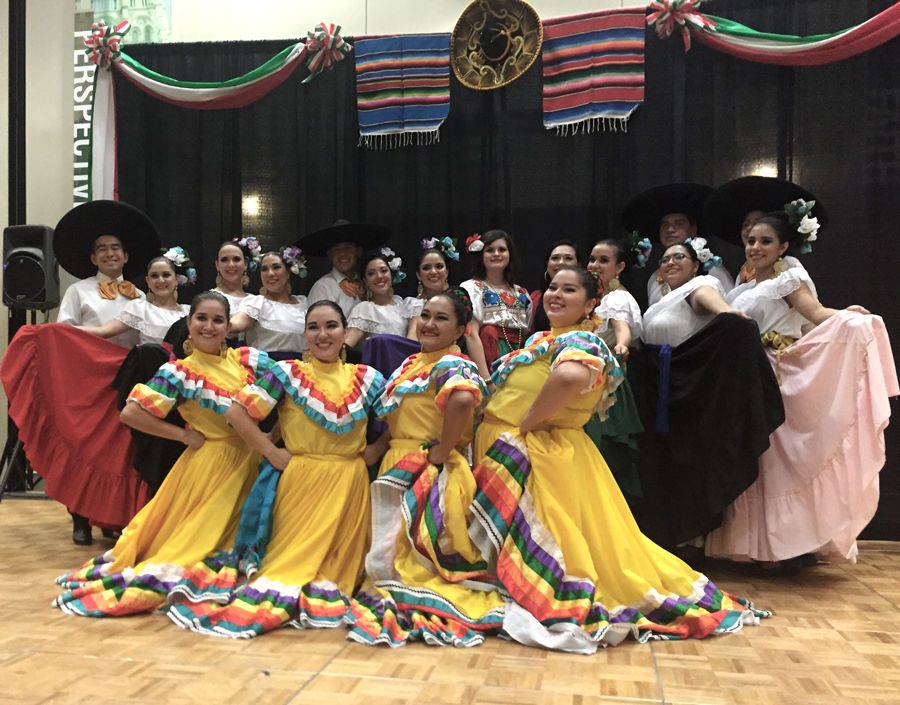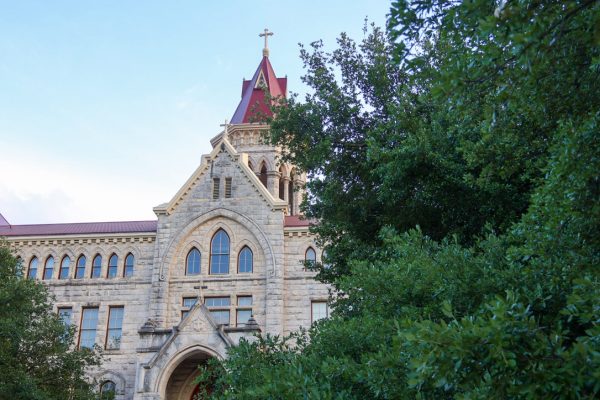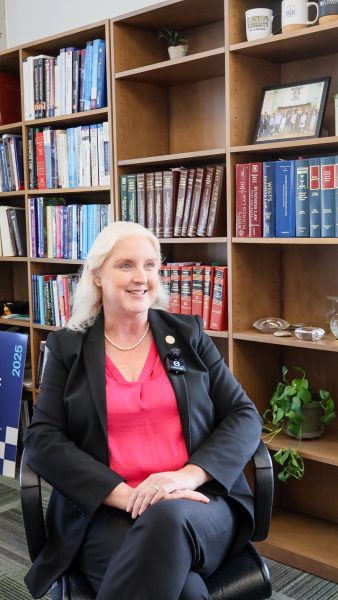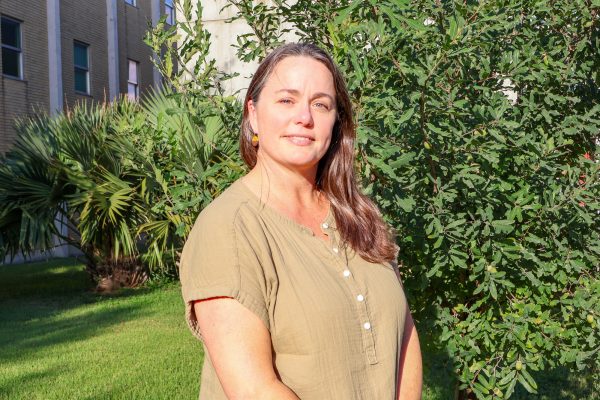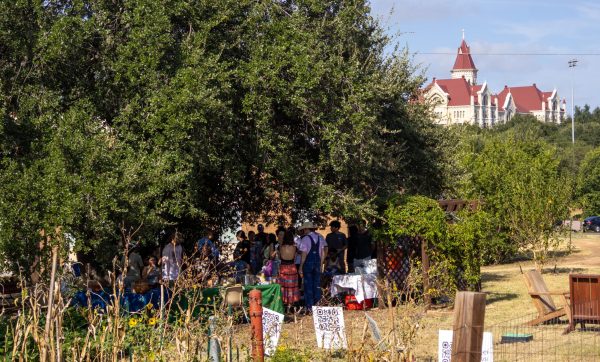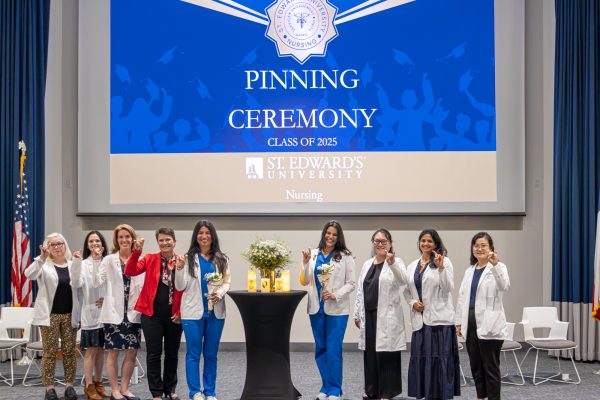Choreography in Noche Folkorica highlights different Mexican traditions
Noche Folklorica is a celebration of Mexican customs and culture held annually here at St. Edward’s. It also serves as a fundraiser for future decorative costumes and performances.
The event was established when several aspiring student dancers requested such an event in 2002, and since then it has grown with ever increasing success.
“For some students, it reconnects them to their culture, and for others it is an exciting learning experience,” explained Director Linda Valdez.
It is a bustling event, and “there are so many students who take the opportunity to perform each year,” Valdez said.
One dancer, Eduardo Cano has seven years of Latin dancing under his belt.
“I took part in this not only to help out, but also to promote the culture and to have fun doing it … my favorite part has to be the footwork,”Cano said.
The choreography is based on dances found in four different regions of Mexico: Sinaloa Costa, Guerrero, Baja California and Jalisco.
Each region is characterized by a particular range of gestures, such as Sinaloa’s style of “banda” in which female dancers mimic the movement of doves to the sounds of an exuberant brass ensemble, accentuating the woman’s femininity.
The region of Guerrero’s style of music is known for being a lively hybrid between African-inspired chilena and traditional Spanish Roma dance, where men dance as flirtatious bulls in pursuit of women, the jubilant matadors.
These dances each have a peculiar origin, such as Jalisco’s roots in a combination of traditional folk music and mariachi or Baja’s roots found in European polka, which was onset by its introduction to Mexico in the 1800s.
“The main reason I came was to support my friend initially, but I was pleasantly surprised by all the awesome dancing and the vibrant costumes … it’s definitely a fun look into their culture,” said sophomore Elizabeth Nguyen.
In the upcoming spring break, the troupe is traveling to perform at a Holy Cross High School in Pennsylvania and then in Connecticut, where the students are unfamiliar with much of Mexican dance and culture.
Thus, Noche Folklorica performers continue their dedication to presenting the heritage of Mexico.
“For me, it’s a really special event because it makes me remember home and how they do things there,” Cano said.


